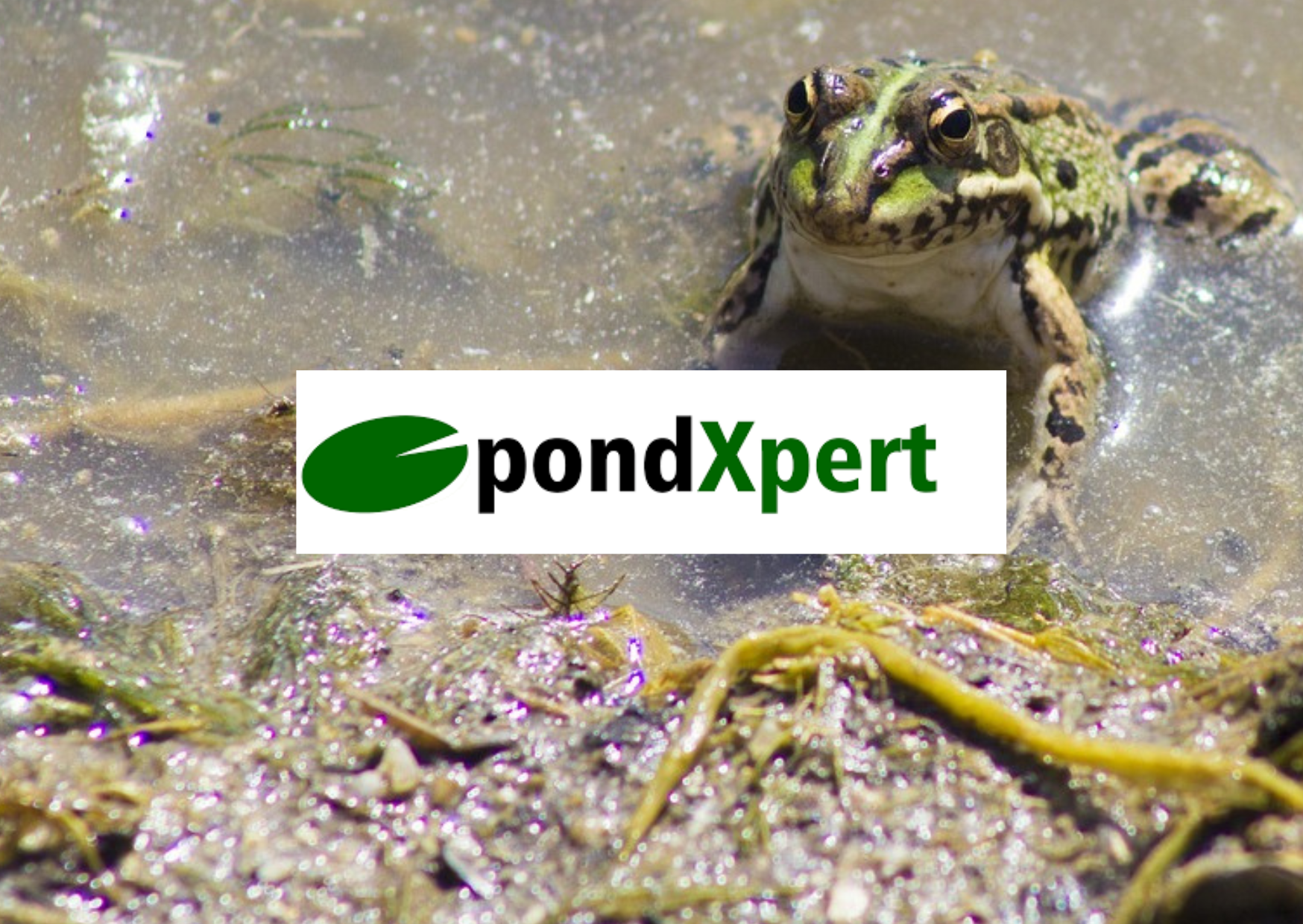Next working day delivery with Royal Mail Tracked 24
PondXpert Guide | Pond Cleaning

PondXpert Guide | Pond Cleaning
As with all gardens, from time to time some general maintenance is required. After a season of plant growth and leaf drops, ponds tend to build up a layer of sludgy detritus on the bed, and some surface muck. Pond vacuums and skimmers have long been the weapon of choice for cleaning a pond.
Vacuums
Modern filtration methods mean that it is now possible to see the bottom of your pond. However, over time, sludge and debris will build up at the bottom (from fallen leaves, dirt, fish waste etc). Cleaning out the pond used to be a messy and time-consuming activity – often contracted out to specialist companies. Now you can keep your pond base in tip top condition by using a pond vacuum.
There are two types of vacuums, electronic and manual. Electronic vacuums are standalone units whereas manual vacuums work by attaching to a garden hose, the clean water rushing past the nozzle creates a suction effect which draws in dirty water.
Electronic suction vacuums are the most popular and use a motor to create a vacuum in the chamber. They then draw water in through the nozzle, fill up the chamber and discharge the dirty water wherever you want. The PondXpert Pondmaster is one of the most popular vacuums on the market and can even be used indoors.
It is important to note that no pond vacuum will filter the water, if you wish to return the water back to the pond you will need a discharge bag or discharge basket, such as the PondXpert Pondmaster Discharge Basket. If you will be discharging the water elsewhere and topping up you pond with clean tap water then do remember to use a treatment to remove the chlorine and chloramine.

Skimmers
One way to prevent a large build up of sludge at the bottom of your pond is to use a skimmer. Particularly during the autumn, ponds suffer from lots of organic debris falling in them, i.e. dead leaves. A skimmer stops the debris from falling to the bottom of the pond by drawing in the surface water and filtering it out straight away. If leaves are left to fall to the bottom they can stay there and rot. This cause problems with the chemical balance of the pond as well as releasing poisonous gases (to fish) which, if the pond is frozen over, can build up and become harmful.
There are two main types of skimmer:
Pump attachment – these are effectively special tubes which sit on the bottom of the pond with a pole to the surface and attach to a secondary inlet on a pump (there are only certain pumps which have these). The pump draws water down through the skimmer and takes it straight off to the filter. An example of this type of skimmer would be the PondXpert Pump Skimmer attachment.
Self-contained – These skim the water off the surface just like the other type however they are self-contained units which float on the surface with their own in-built pump. These have the advantage of being easy to retrofit and do not need a specialised pump, but they do need their own power supply.
To browse our range of PondXpert products online please click here.
To browse our range of pond vacuum hoovers please click here.
Source: PondXpert Guides
Photo credit(s): Canva Pro Licence / PondXpert





